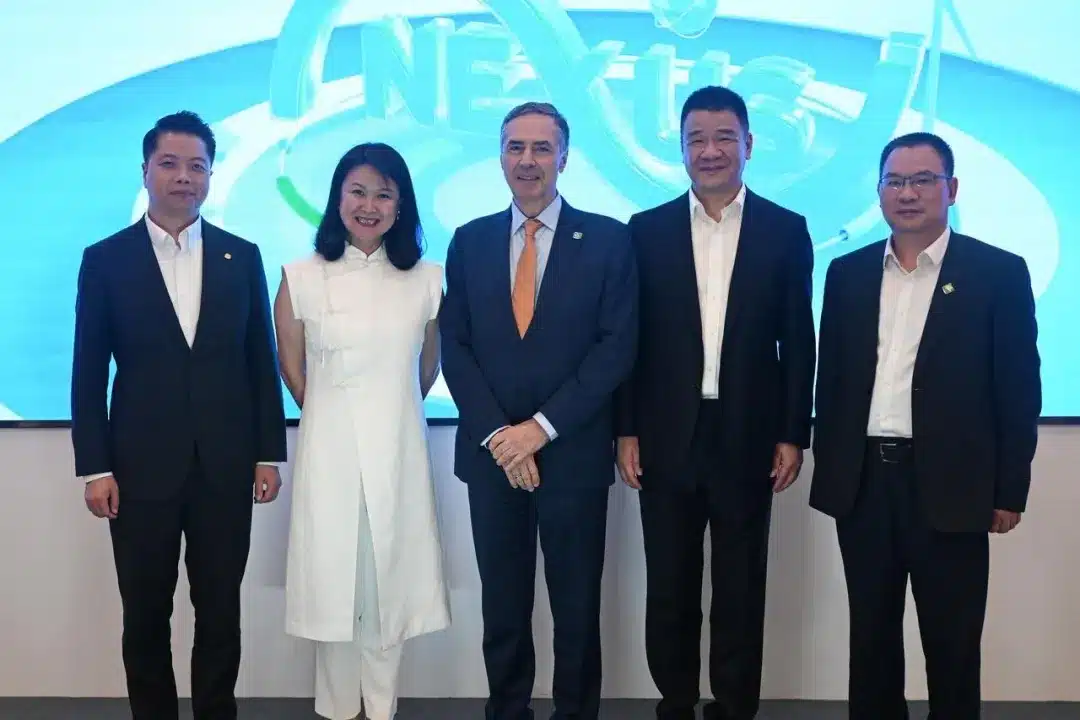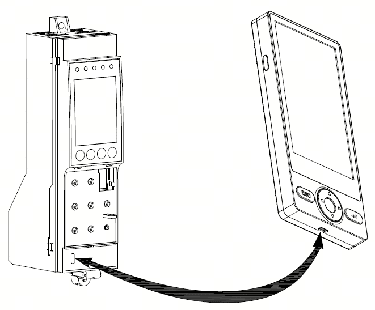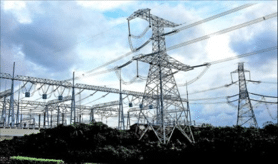On the afternoon of August 23, the German International Cooperation Agency (GIZ) and the all China new energy chamber of Commerce (CNECC) jointly held the “seminar on photovoltaic agriculture to help carbon neutrality” under the framework of the Sino German energy cooperation partnership.
The seminar invited industry experts and guests from research institutions, think tanks and enterprises in China and Germany to focus on the current situation, standards and incentive measures of the development of photovoltaic agriculture in the two countries, discuss the development experience and challenges, and summarize and share the best practices of relevant pilot projects.
CHINT Solar, as a new energy enterprise with rich practical experience in carrying out agricultural light complementary projects in China, was invited to attend the seminar.

At the seminar, the guest of the German Embassy in China delivered a speech. She said that Germany has a dense population and a large demand for energy consumption. The government attaches great importance to the development and utilization of renewable energy. The combination of photovoltaic and other renewable energy with agricultural planting is of great practical significance to Germany. We are willing to strengthen cooperation with China in the field of photovoltaic agricultural development.

In his speech, guests from the new energy department of the National Energy Administration said that the state has issued a series of policies to further stimulate the potential of social resources to develop new energy, and the development of new energy will be accelerated. In recent years, China’s new energy development achievements have attracted worldwide attention.
The continuous progress of new energy power generation technology and the rapid decline in cost have strongly supported China’s new energy to basically enter a new stage of development without subsidies.
At the same time, it has also formed new photovoltaic composite development models such as “photovoltaic + building”, “photovoltaic + ecological governance” and “agriculture (grass, fishery) and light complementation”, which will help solve the practical challenges such as high land demand and wide range of points in the development of new energy, and promote the large-scale, high proportion, marketization Sustainable high-quality development.
Wang Quan, deputy general manager of CHINT Solar strategic development center, talked with experts and guests from Zhejiang provincial energy monitoring center, Tongwei new energy, Tsinghua University, Zhejiang University, Germany SBP Sonne, Germany next2sun GmbH and other industry, University and research institutions about “the development potential and necessary supporting measures of photovoltaic agriculture under the background of carbon neutrality”. The dialogue was presided over by Zeng Shaojun, professional vice president and Secretary General of all China new energy chamber of Commerce.

Wang Quan said that CHINT Solar has accumulated rich experience in the construction of photovoltaic power stations in the more than ten years of deep cultivation in the photovoltaic field.
As early as 2012, the company has carried out the construction practice of agricultural light complementary projects, and implemented a series of “photovoltaic +” projects that combine regional resource endowment, adapt measures to local conditions, have power generation capacity and provide a suitable growth environment for crops and livestock breeding. In the specific practice, it also summarizes a set of operation mode of joint development with both development and construction and professional agricultural management.
Take the 200MW forest agriculture light complementary project constructed by Chint new energy in Jiangshan, Zhejiang Province as an example. The project covers an area of 6300 mu. Based on the photovoltaic industry, it is linked to ecological agriculture and developed and constructed according to the development concept of “integration of three industries and three in one”.
While building a large-scale clean energy base, it also simultaneously builds the largest Chinese herbal medicine planting base in East China, realizing comprehensive and three-dimensional development of space, The utilization value of the land has been greatly improved. In consideration of the difference between the growth of crops and the lighting conditions required for photovoltaic power generation, the growth of crops will cause some obstruction to the photovoltaic modules.
The Chint O & M team can use the panoramic survey of the power station, combined with digital twin, big data, cloud computing and other technologies, to simulate and evaluate the best income form of the power station, so as to formulate the best cooperation scheme of agriculture + photovoltaic.
Wang Quan also put forward relevant suggestions on the support and guidance policies of agriculture and photovoltaic complementation. He said that both agriculture and photovoltaic industry have mature and standardized development conditions, but the new business form of agriculture + photovoltaic needs active guidance and support from relevant government departments.
In the future, the industry looks forward to further defining the government competent authorities, and the competent authorities will take the lead in formulating guiding policies on land use and agricultural production standards and specifications, so as to support the all-round development of agriculture + photovoltaic.










